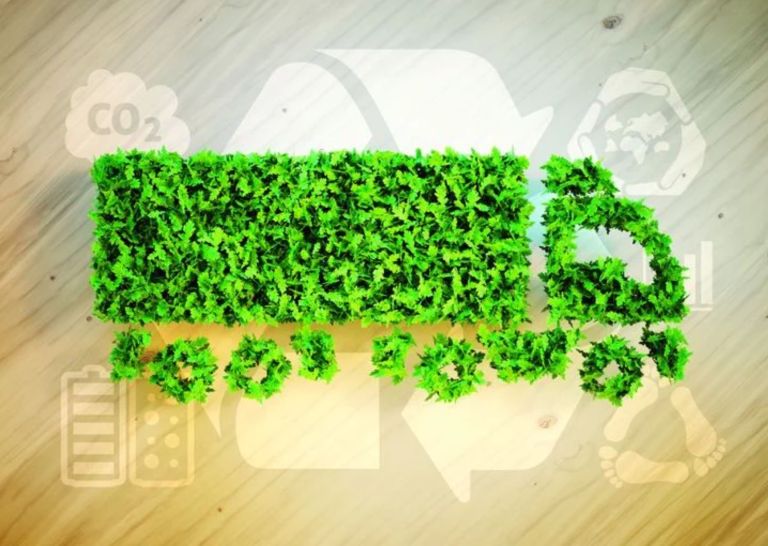
How green are zero emissions trucks? While electricity generation produces less emissions than burning diesel, especially when using renewable sources, this is just part of the truck’s lifecycle. Construction of alternative drivetrain trucks is energy and resource intensive, and they have practical limitations when in use. The American Transportation Research Institute looked into the cradle-to-grave environmental impact of Internal Combustion Engine (ICE,) Battery Electric Vehicle (BEV) and Fuel Cell Electric Vehicle (FCEV) Class 8 trucks. The results were published in their new study, “Understanding the CO2 Impacts of Zero-Emission Trucks.” While BEVs are touted as the future of passenger vehicles, it’s clear that the future of truck powertrain technologies is more complicated.
Two results of the study stand out: manufacturing emissions and cargo. The resources needed to build a truck vary drastically, depending on the powertrain. According to the study, building an ICE truck generates about 75,000 lbs. of CO2, building a FCEV generates 116,000 lbs, and building a BEV generates a whopping 478,000 lbs. Once on the road, the batteries required for long distance travel put BEVs at a major disadvantage. While a Class 8 ICE truck weighs an average of 18,000 lbs, long range BEVs tip the scales at around 32,000 lbs. This leaves significantly less weight for cargo, increasing the number of trips required to move freight. FCEVs only weigh about 3,000 lbs. more than an ICE truck, making cargo capacity differences almost negligible.
What does this mean for emissions? Using current technology, a BEV produces 30% less CO2 during its life than an ICE truck running on mineral diesel, while FCEVs produce 45% lower emissions. Using upcoming technologies, it’s estimated that a BEV from 2050 would produce 49% lower emissions than current ICE trucks, while an FCEV using solar-generated hydrogen could lower emissions by up to 91%. However, simply replacing mineral diesel with renewable diesel could cut emissions by 67%. This would require no infrastructure changes, and only minor modifications to current trucks
It’s clear from this study that all three technologies have potential. Switching to biodiesel would be the easiest change to reduce emissions, if fuel supply can meet demand. Hydrogen has the potential to be the lowest impact technology, but the fuel requires significant investments in infrastructure. The potential for battery-powered trucks in long haul trucking isn’t as promising. However, they may come out ahead for local routes, since most emissions come from the size of the battery pack.









